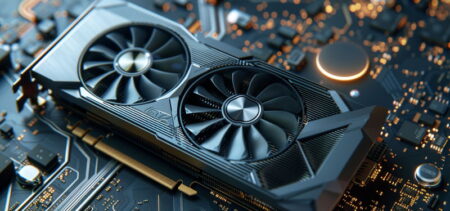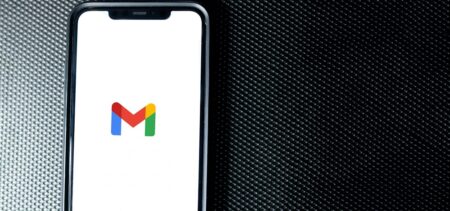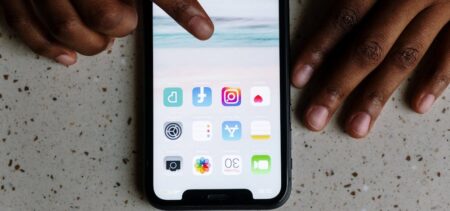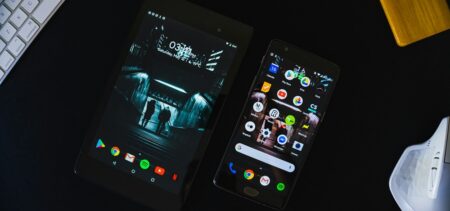Intel is taking on Oculus, Microsoft and HTC, with Project Alloy, a Virtual Reality headset unveiled on Tuesday. During his opening keynote at the 2016 Intel Developer Forum in San Francisco, Intel CEO Brian Krzanich introduced Project Alloy, an all-in-one virtual reality solution made from the ground up. The Alloy platform is an example of merged reality, redefining VR as we know it so far.
What if Virtual Reality felt more real than virtual?
As Brian Krzanich himself explains it in a blog post, merged reality is a new way of experiencing physical and virtual interactions and environments through a suite of next-generation sensing and digitizing technologies. Virtual-world experiences are basically delivered in the real world.
“Pick up your real-world tennis racket in your living room and step virtually onto the court at Wimbledon,” said Krzanich. “In doing so, forgo the cost — and creep factor — of installing high-end sensors in every corner of your living room normally needed to scan your environment. Instead just lean fully into practicing your back swing — bringing both your hand and your racket into the virtual field of play. Surge backward or forward, reach up or down, sway to the left or right — enjoy fully 6 degrees of total freedom in your movement. And take that virtual swing, without hitting that very real-world, and very expensive, table lamp several feet away from you,” he added.
New immersive experiences
Cut the VR cord. With the computing power located in the Alloy Head-Mounted Device (HMD), the user can experience cordless, untethered VR. Combining 6 degrees-of-freedom across a large space with collision detection and avoidance, the Alloy VR experience allows for free range of motion. The user can explore the virtual space without the constant fear of knocking something over.
Real and Virtual combined. Merged reality allows you to see your hands and the things around you. With the Intel RealSense technology, the user can also use his hands to interact with the elements from the virtual world. Both realities become one.
No external sensors or cameras. The merged reality works based on cameras attached to the headset. This means that you don’t need any additional external sensors or cameras.
Open APIs for the ecosystem. In 2017, Intel will open the Alloy hardware and provide open APIs allowing developers to create their own branded products.
Intel’s Project Alloy seems to be tough competition for the likes of Oculus, HTC and Microsoft. If merged reality is as good as it’s supposed to be, pretty soon there will be no more crowds anywhere, since we can just go up on the stage with our favorite band from the comforts of our living room.













































